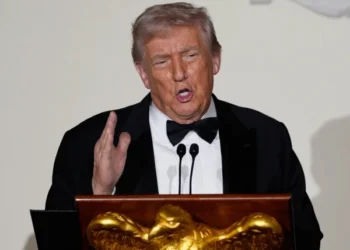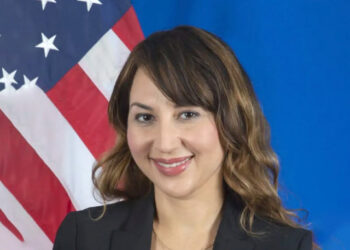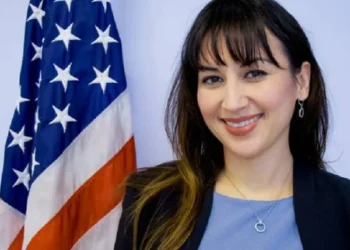Washington, D.C. — In a surprising shift that could redefine the geopolitical landscape of the Middle East, U.S. President Donald Trump has extended an offer for direct negotiations with Iran. The announcement marks a notable change in Washington’s approach to Tehran, which has long been strained over nuclear proliferation, regional influence, and economic sanctions.
A Direct Approach to Diplomacy
Speaking to reporters at the White House, President Trump emphasized the advantages of direct communication, stating that engaging Iran in face-to-face talks would be a “faster process” and allow both parties to gain a better understanding of each other. He noted that although Iran had previously preferred to use mediators in diplomatic negotiations, there is a possibility that Tehran might now be more receptive to direct engagement.
“It is always better to speak directly. You understand more, you waste less time, and you can get things done,” Trump told reporters. He acknowledged that past efforts to negotiate through intermediaries have often led to delays and misunderstandings.
Changing Signals from Tehran
Previously, Iranian officials had firmly rejected the possibility of direct talks with the United States, citing mistrust and Washington’s unilateral withdrawal from the 2015 Joint Comprehensive Plan of Action (JCPOA), commonly known as the Iran nuclear deal. However, recent developments suggest a subtle shift in Iran’s stance.
According to Arab media reports, Iran and the United States have reached an understanding to hold indirect talks, with Oman serving as the host for these preliminary negotiations. These discussions are expected to commence within the next three weeks, highlighting a mutual interest in de-escalating tensions and potentially reopening diplomatic channels.
Backchannel Efforts and Presidential Outreach
President Trump also disclosed that he had personally sent a letter to Iran’s Supreme Leader Ayatollah Ali Khamenei, expressing a willingness to negotiate a new deal. The letter is believed to have outlined two possible paths: one involving military confrontation and the other focused on diplomacy and economic incentives.
“I told them that there are two ways this can go. I don’t want to hurt Iran; I want to make a deal,” Trump stated. “The Iranian people are good people, and they deserve a future without fear and economic hardship.”
This latest overture builds upon previous backchannel diplomacy efforts that have often been kept away from the public eye. Trump’s statement indicates a strategic pivot aimed at resolving one of the most contentious foreign policy challenges facing his administration.
Potential Obstacles to Dialogue
Despite the newfound willingness to engage, significant hurdles remain. Iran’s leadership remains deeply skeptical of American intentions, particularly following the U.S.’s withdrawal from the JCPOA in 2018 and the re-imposition of crippling sanctions on Tehran. Additionally, the assassination of Iranian General Qassem Soleimani in 2020 continues to be a major sticking point in U.S.-Iran relations.
Moreover, hardline factions within both nations may resist any efforts toward reconciliation. In Iran, conservative political figures may view talks with the U.S. as a sign of weakness, while in the U.S., critics of the Trump administration’s foreign policy approach may question the efficacy of direct engagement without prior conditions.
Why Now? Timing and Strategic Interests
The timing of Trump’s offer is also notable. With regional tensions simmering and pressure mounting on Iran’s economy due to international sanctions and inflation, Tehran may see value in returning to the negotiation table. For the U.S., easing tensions with Iran could help stabilize the broader Middle East and improve domestic and international perceptions of the administration’s foreign policy.
Furthermore, this development comes amid increased international calls for nuclear non-proliferation and rising concerns over Iran’s uranium enrichment activities. Direct dialogue, if it materializes, could lead to a renewed framework that addresses not only nuclear issues but also Iran’s role in regional conflicts, including those in Syria, Yemen, and Iraq.
Conclusion: A Glimmer of Hope Amid Tension
President Trump’s offer of direct talks with Iran signals a potential thaw in one of the most volatile diplomatic standoffs in recent history. While challenges abound, the willingness of both sides to even consider negotiations—whether direct or indirect—offers a glimmer of hope for a more peaceful and stable Middle East.
Whether this initiative will lead to a comprehensive agreement or collapse under the weight of mutual distrust remains to be seen. But for now, the world watches with cautious optimism as two longtime adversaries take tentative steps toward dialogue.

























